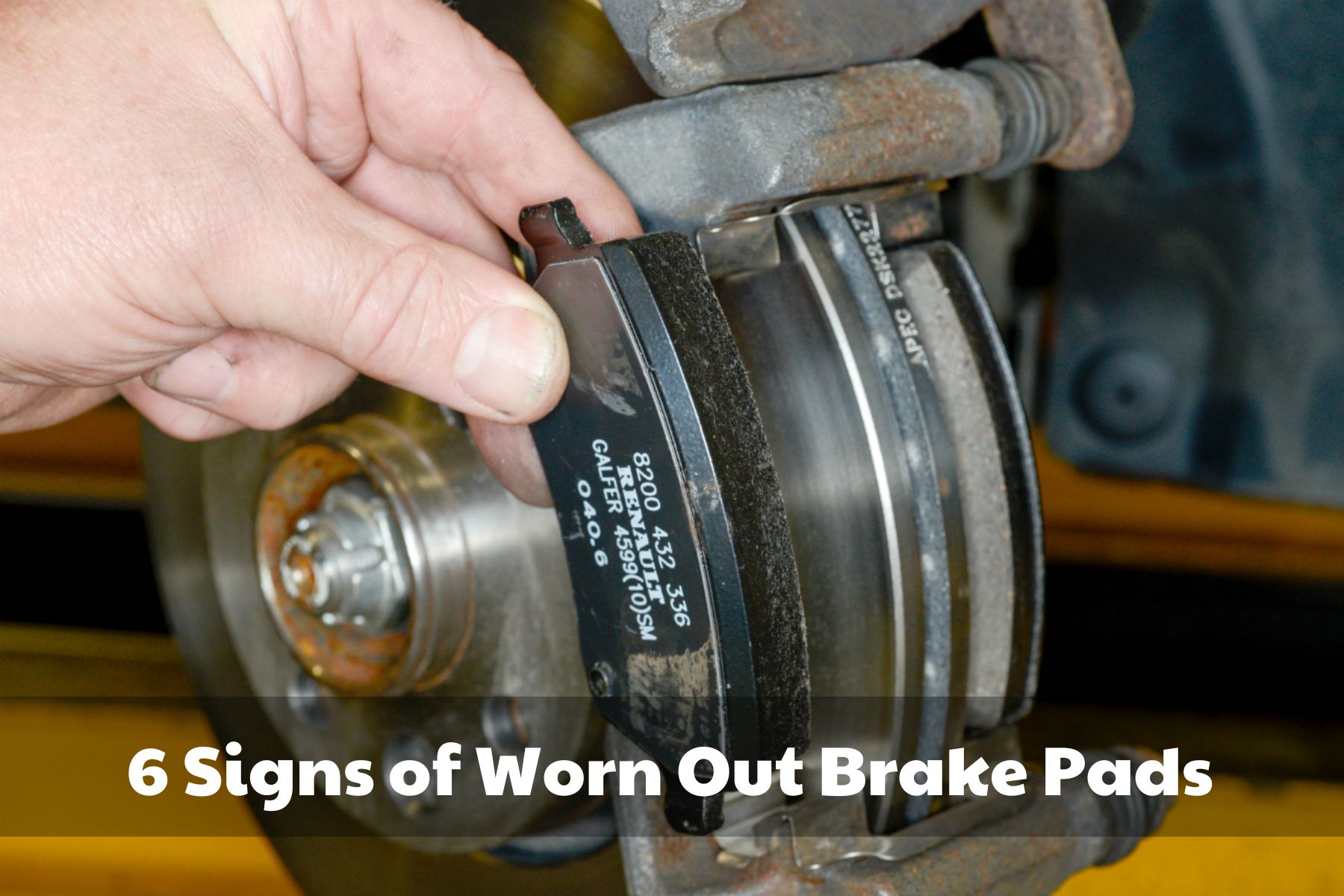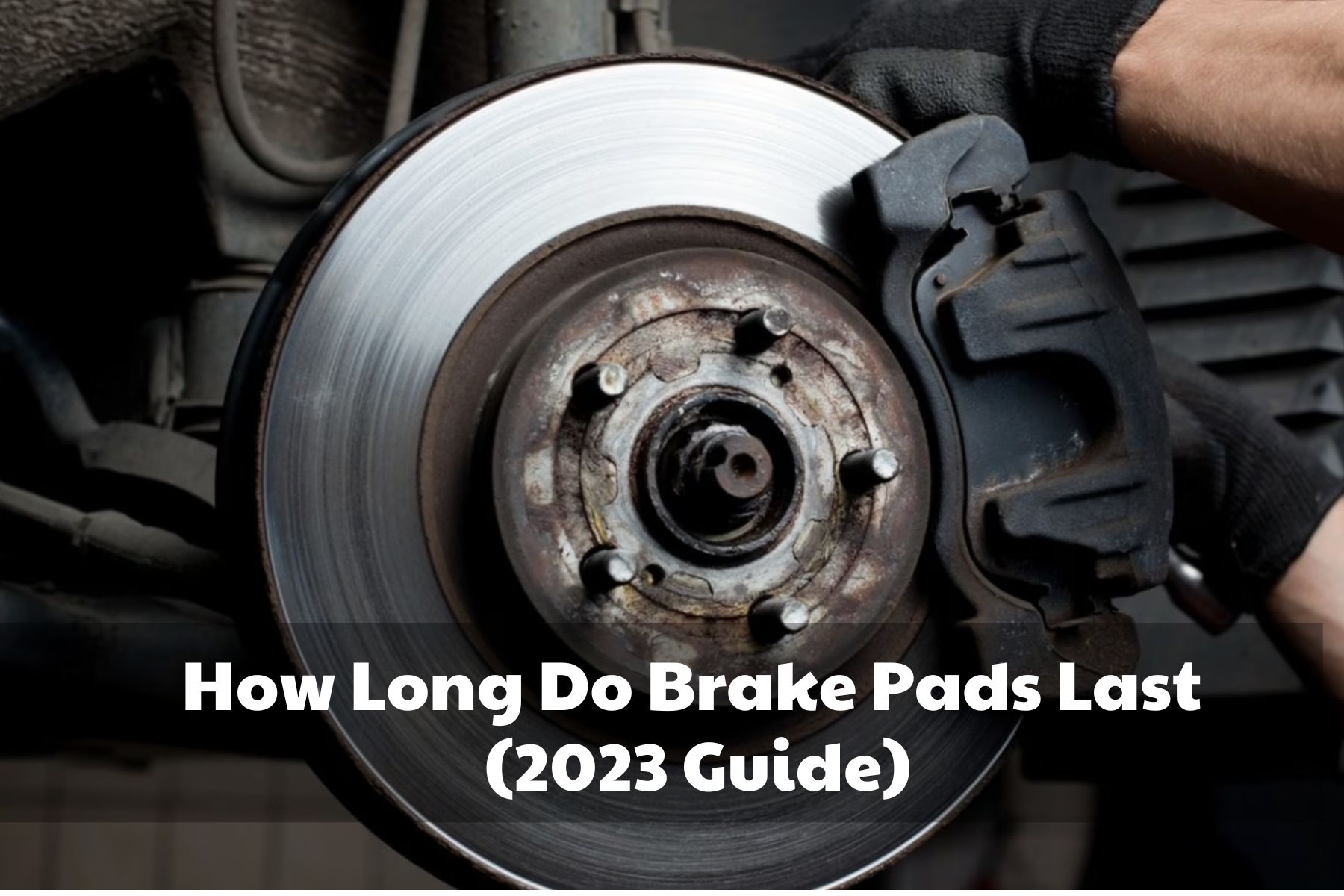Brake pads play a critical role in your vehicle’s braking system, responsible for slowing down and stopping your vehicle. But have you ever wondered how long do brake pads last? In this discussion, we will explore the average lifespan of brake pads and the telltale signs that indicate it’s time for a replacement. Discover the key factors that affect their longevity and gain insight into keeping your braking system in top-notch condition.
Search terms: how long should brake pads last km, How long do brake pads last on a car, how long do brake discs last, how long do brake pads last on an automatic, how long do brake rotors last, when to replace brake pads mm, how much do brake pads cost, how long do rear brake pads last
How Long Do Brake Pads Last?
Brake pads typically have a lifespan ranging from 30,000 to 70,000 miles, and in some cases can even exceed 100,000 miles. Multiple factors contribute to this wide range. The durability of a brake pad is influenced by its type and composition, as well as the specific brake systems and rotors it is paired with. Additionally, heat, pressure, and friction can expedite wear and tear. Should you notice signs of wear, it is advisable to promptly schedule a service appointment.
Signs of Worn Out Brake Pads

Squealing Brake Pads
If your brake pads have wear indicators, this sound is caused by a small metal attachment that serves the purpose of informing drivers when it is time to bring their car in for an inspection.
Much like dragging fingernails across a chalkboard gives us chills, hearing this sound should signal a possible issue with our brakes. Even if you do hear this noise while using your brakes, it’s important to remember that some brake pads do not come with this feature and relying on sound alone is not sufficient to evaluate the quality of your brakes.
Less Than A Quater Inch of Brake Pad
Looking down on the brake assembly or “caliper” holding the brake pads, simply check if the friction material on the pad or shoe looks less than ¼ inch thick (approximately seven millimeters) and if it has been a long period since your last inspection.
Metallic Grinding
If you ever hear a low rumble or grinding noise coming from your car when braking, it’s important to get it checked out immediately. That noise could be an indicator that your brake pads have worn away and the backing plates are now making contact with the discs or drums of your braking system.
Thin Brake Pads
When buying new brake pads, you should aim for a thickness of 8-12mm. The average life expectancy for those brake pads is about 50,000 miles. However, when your brake pads start reaching 6.4mm (¼ inch) in thickness or less, it may be time to invest in some new ones.
If your brake pads get thinner than 3.2mm (⅛ inch), it’s imperative that you replace them as soon as possible because they no longer offer any protection and will put you at serious risk of having your brakes fail while driving.
Decreased sensitivity of brake pedal
If your vehicle takes additional time to come to a halt after pushing on the brake pedal, chances are you have worn-out brake pads. The responsiveness of your brakes has likely diminished as a result.
Indicator Lights
To ensure that you don’t wear down your vehicle’s brake pads, check if it has a signal light on the dashboard. Your car might be outfitted with such an indicator to inform you when the time comes for replacing your brakes.
How to Make Brake Pads Last Longer?
To extend the lifespan of brake pads, it is crucial to make smart choices and adjust your driving habits. Let’s explore the different types of brake pads available:
-Organic: These pads are made from non-metallic fibers bonded into a composite material. Although they tend to be softer and quieter, they may wear down faster than other types.
-Semi-metallic: Made from approximately 30% to 65% metal, these pads are highly durable. However, they might wear down brake rotors faster and may not perform well in extremely low temperatures.
-Synthetic or Ceramic: These pads are crafted from a mixture of non-organic and non-metallic materials like fiberglass or aramid fibers. Despite being lighter in weight, they offer superior stopping power and strength. Keep in mind that they are pricier compared to other options.
In addition to selecting the appropriate brake pad, it is essential to consider your driving style. Rapid acceleration and sudden stops can significantly decrease the longevity of your brake pads.
Cargo load also plays a role in brake pad wear. The heavier the vehicle due to additional items inside, the more brake power is needed to slow down and stop.
Regular brake fluid flushing, typically every 25,000 miles, is crucial for optimal performance. Dirty or low brake fluid levels can negatively impact the brake pads. Brake fluid lubricates the entire braking system, including the pedals. Unclean fluid can interfere with pedal functionality, ultimately affecting the performance of the brake pads.

I’m Timothy Ballard, owner of a used car dealership in Springfield. I love just about everything automotive, but I have a special place in my heart for trucks. I’m an ASE Certified Master Technician, so I know my way around a car. In my spare time, I enjoy traveling with my family and hiking new trails.

I apologize for my limited knowledge in the field of cars, but I have a question that I hope you can help me with. I had the brakes replaced on my Honda Civic 2-2.5 years ago, but now they need to be replaced again. According to Google, brakes should last at least 5-6 years or 50-60k miles, but mine only lasted around 30k. I’m wondering if I’m at fault for this due to my driving habits. If so, could you recommend a specific brand of brakes that are known to be better and last longer? Thank you in advance for your assistance.